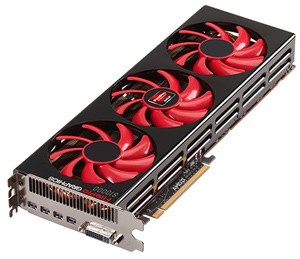![]() If you're in need of a concrete example of how the chip-making industry is trickier than ever, and how it rewards scale at the expense of flexibility, then please, look no further. AMD has just significantly reduced its order for silicon wafers from it sold mate Globalfoundries, in an effort to avoid the inventory surpluses and write-downs that have recently plagued its balance sheet. Instead of buying the originally agreed $500 million-worth of cake trays this quarter, it's now committed to spending just $115 million. Except it was never, ever gonna be that simple. In lieu of reneging on its contract at short notice, AMD will have to pay Globalfoundries a $320 million penalty on top, bringing the final cost of the deal to just $65 million less than what it would have paid for the full order.
If you're in need of a concrete example of how the chip-making industry is trickier than ever, and how it rewards scale at the expense of flexibility, then please, look no further. AMD has just significantly reduced its order for silicon wafers from it sold mate Globalfoundries, in an effort to avoid the inventory surpluses and write-downs that have recently plagued its balance sheet. Instead of buying the originally agreed $500 million-worth of cake trays this quarter, it's now committed to spending just $115 million. Except it was never, ever gonna be that simple. In lieu of reneging on its contract at short notice, AMD will have to pay Globalfoundries a $320 million penalty on top, bringing the final cost of the deal to just $65 million less than what it would have paid for the full order.
[Source: Engadget]


